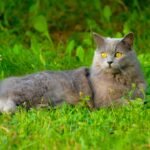Cats are captivating creatures, known for their grace and mysterious aura. Among their many remarkable traits is their ability to navigate the dark with ease. This nocturnal prowess is attributed to their exceptional night vision. But what makes cats’ eyes so uniquely adapted to low-light conditions? Let’s delve into the scientific marvels behind their strong night vision.
The Evolutionary Advantage of Night Vision
Cats, like many other predators, have evolved to be efficient hunters. This evolutionary journey has equipped them with the ability to see in dim light, allowing them to stalk prey during the night. In the wild, this adaptation offers a significant advantage, enabling cats to hunt when their prey is most active. This ability to see in the dark is not just a quirky trait; it’s a survival mechanism that has been honed over thousands of years.
The Role of Rod Cells in Night Vision
One of the primary reasons cats see so well in the dark is the abundance of rod cells in their retinas. Unlike cones, which detect color, rod cells are sensitive to low light. Cats have a higher ratio of rods to cones than humans, which allows them to detect even the faintest glimmers of light. This cellular arrangement is akin to having a camera with a high ISO setting, capturing more detail in low-light conditions.
The Tapetum Lucidum: Nature’s Mirror
Cats possess a unique structure in their eyes called the tapetum lucidum. This is a reflective layer behind the retina that acts like a mirror, bouncing light that passes through the retina back into the eye. This reflection increases the light available to the photoreceptors, enhancing their ability to see in the dark. It’s the reason why cat eyes often glow eerily in the dark, reflecting the light back to anyone observing.
Pupil Dynamics: Adapting to Light Changes
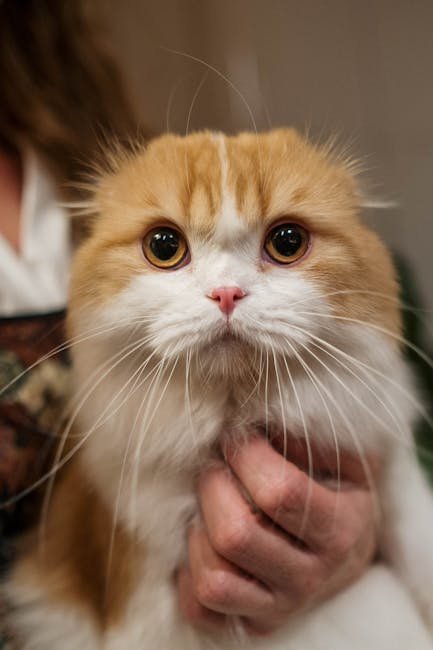
The pupils of a cat’s eyes can constrict and dilate dramatically, allowing them to adjust to varying light conditions quickly. In bright light, their pupils narrow to a thin slit, but in the dark, they expand wide open to let in as much light as possible. This ability is akin to adjusting the aperture of a camera lens, optimizing the amount of light entering the eye for clearer vision.
The Importance of Peripheral Vision
Cats have a wider field of vision than humans, approximately 200 degrees compared to our 180 degrees. This peripheral vision is crucial for detecting movement and potential threats in the dark. It allows cats to see more of their surroundings without needing to turn their heads, providing them with a panoramic view that is essential for both hunting and avoiding danger.
Comparing Feline and Human Vision
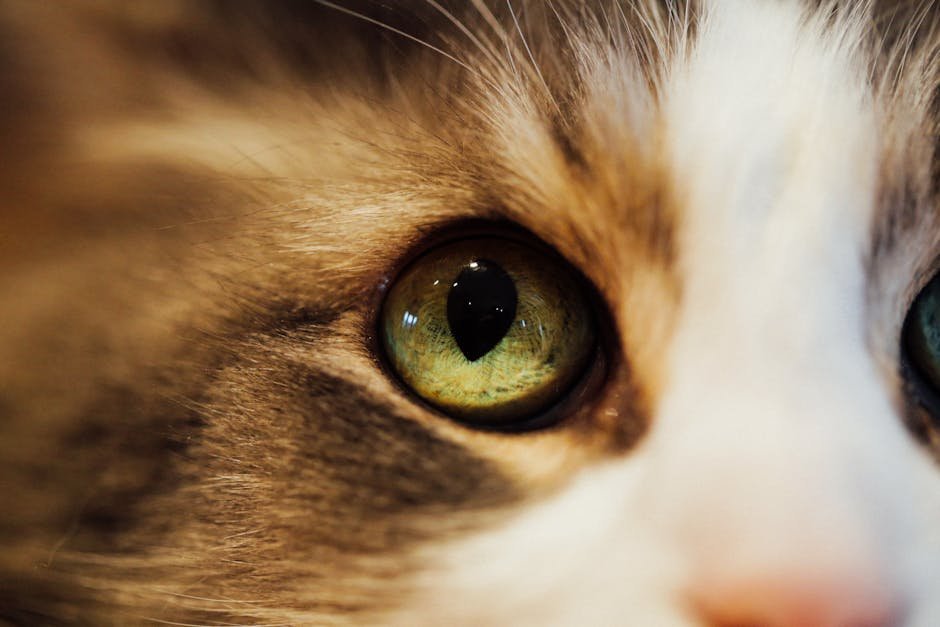
While human eyes are optimized for daylight and color perception, cat eyes are built for night vision. Humans rely more on cone cells for color and detail, whereas cats rely on rod cells for light sensitivity. This difference explains why cats can see better in the dark but are less adept at distinguishing colors. It’s like comparing a daytime landscape photo with a night-vision image, highlighting the different strengths of each.
The Role of Whiskers in Night Navigation
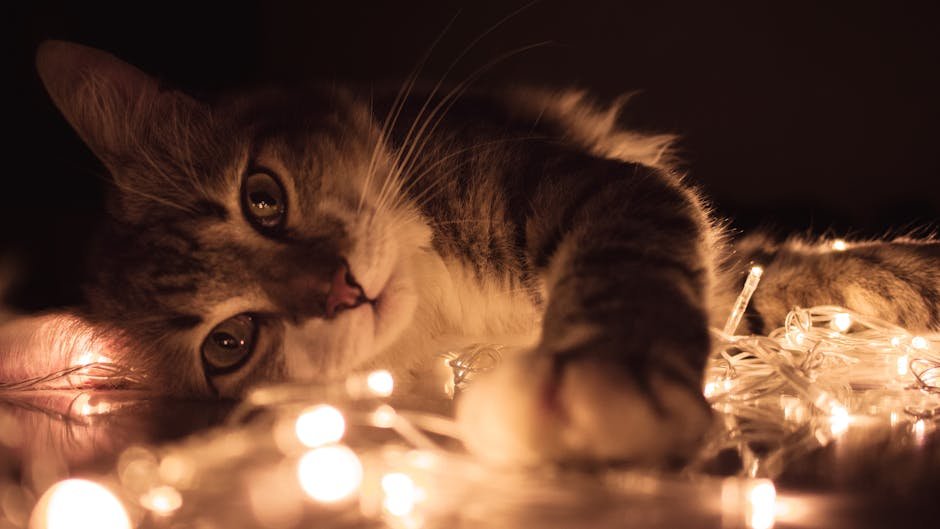
While not directly related to vision, a cat’s whiskers play a significant role in night navigation. These sensitive hairs can detect subtle changes in the environment, such as air currents and obstacles, providing additional sensory information. This tactile feedback complements their visual capabilities, allowing cats to move confidently in the dark.
The Impact of Age on Night Vision
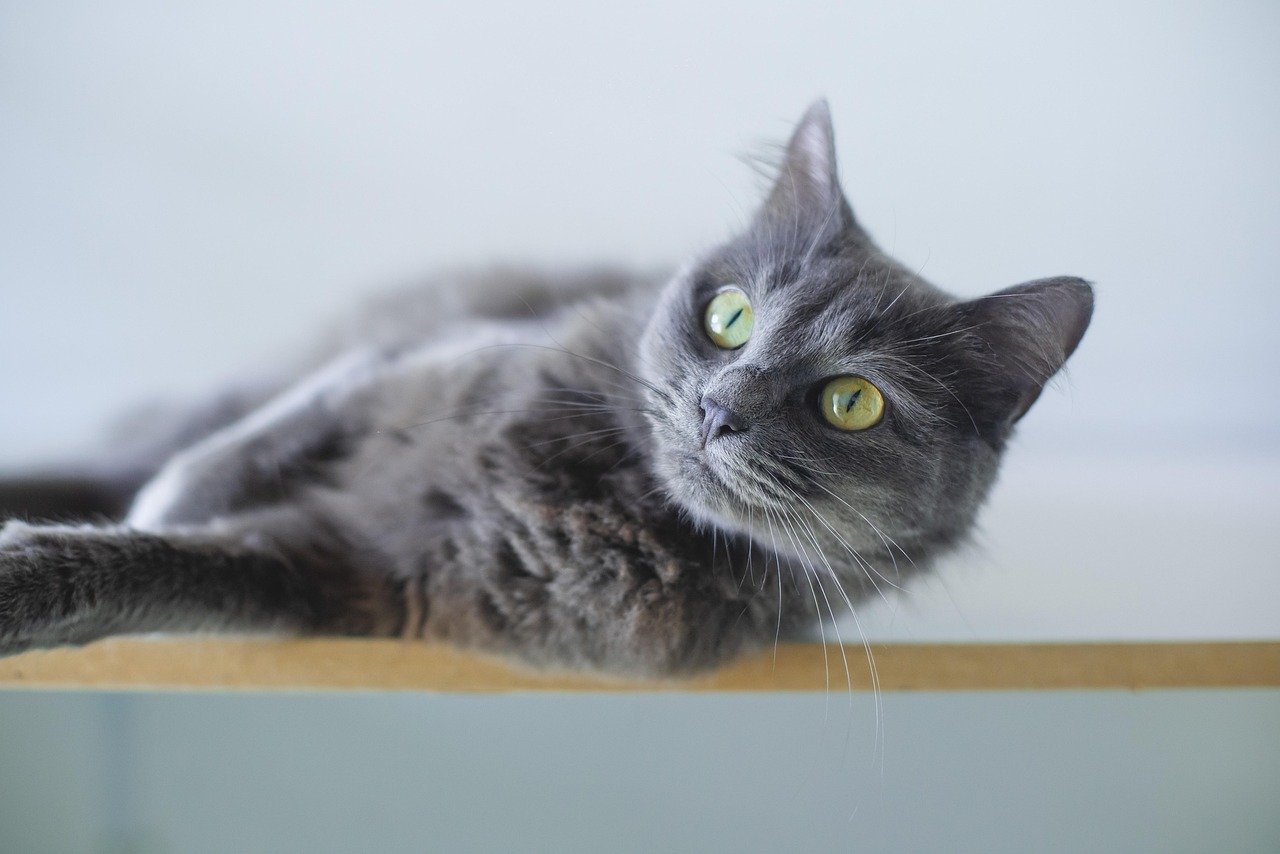
As cats age, their vision can deteriorate, much like in humans. Older cats may develop conditions such as cataracts or retinal degeneration, impacting their night vision. However, many older cats adapt by relying more on their other senses, such as hearing and smell, to compensate for any decrease in visual acuity.
The Influence of Diet on Eye Health
A cat’s diet can significantly impact its eye health and, consequently, its night vision. Nutrients such as taurine, an amino acid found in meat, are essential for maintaining the health of a cat’s retina. A taurine deficiency can lead to degeneration of the retina and impaired vision, highlighting the importance of a balanced diet for maintaining their nocturnal prowess.
The Mystique of the Cat’s Eye
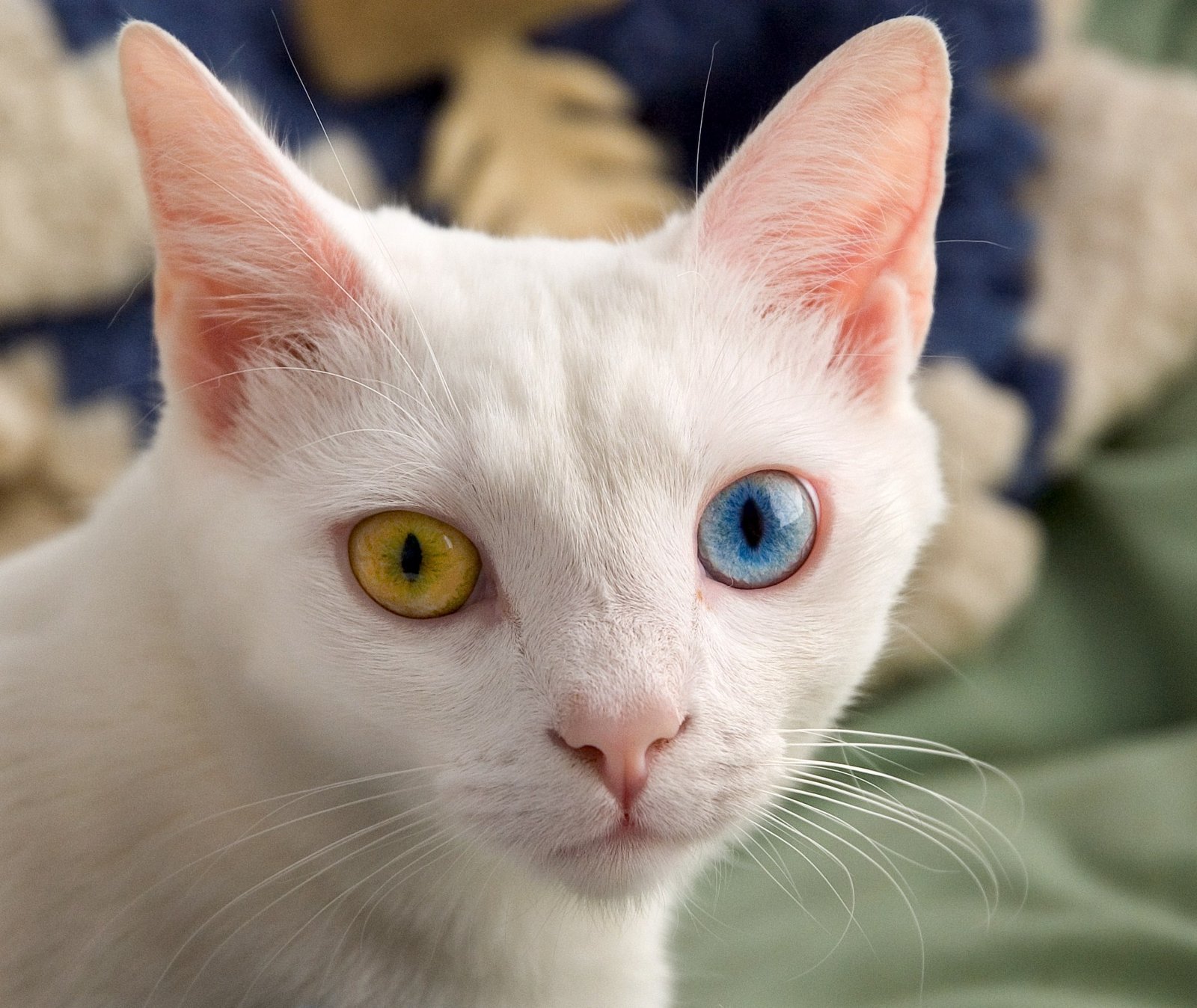
Beyond their functional aspects, cat eyes hold a certain mystique and allure. Their piercing gaze and reflective shine have inspired myths and legends throughout history. From being revered in ancient Egypt to being associated with witchcraft in medieval Europe, the cat’s eye has always been a symbol of mystery and intrigue.
Understanding the Limitations of Feline Vision
Despite their impressive night vision, cats’ eyes are not without limitations. They cannot see in complete darkness; there must be some light for their eyes to function. Additionally, their focus at close range is not as precise as humans, and they may struggle to see objects clearly within a few inches of their face.
The Role of Genetics in Vision
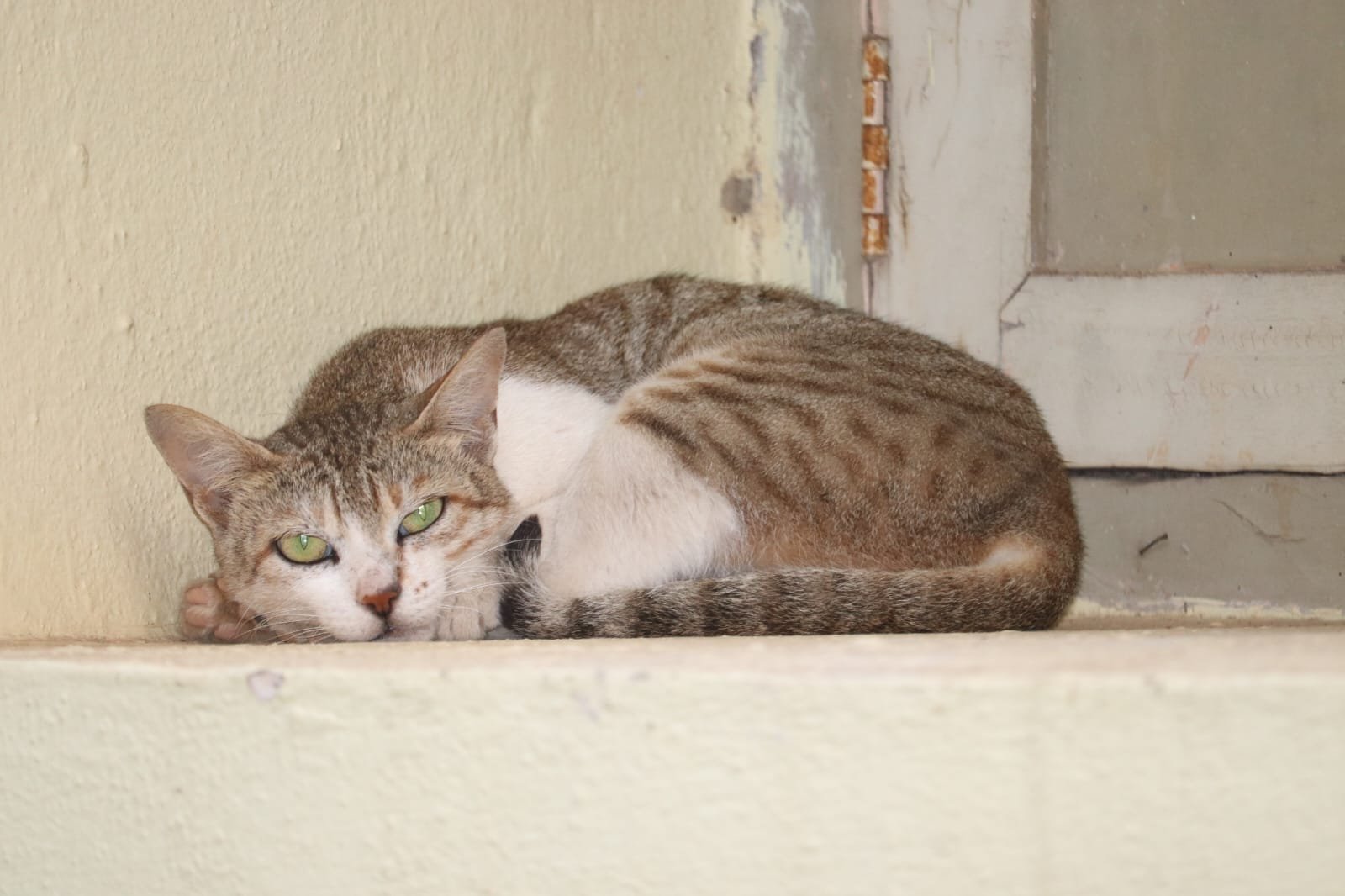
Genetics play a significant role in determining the quality of a cat’s vision. Some breeds are predisposed to certain eye conditions that can affect their ability to see in the dark. For example, Siamese cats are known to have a unique eye structure that may impact their depth perception and sensitivity to light.
The Fascination with Cats in Popular Culture
Cats’ night vision has not only been a subject of scientific study but also a fascination in popular culture. From spooky tales of glowing eyes in the night to animated characters with supernatural sight, the idea of cats as nocturnal creatures has permeated literature, film, and art. This cultural fascination underscores the enduring mystery and charm of these enigmatic animals.
The Role of Environment in Night Vision
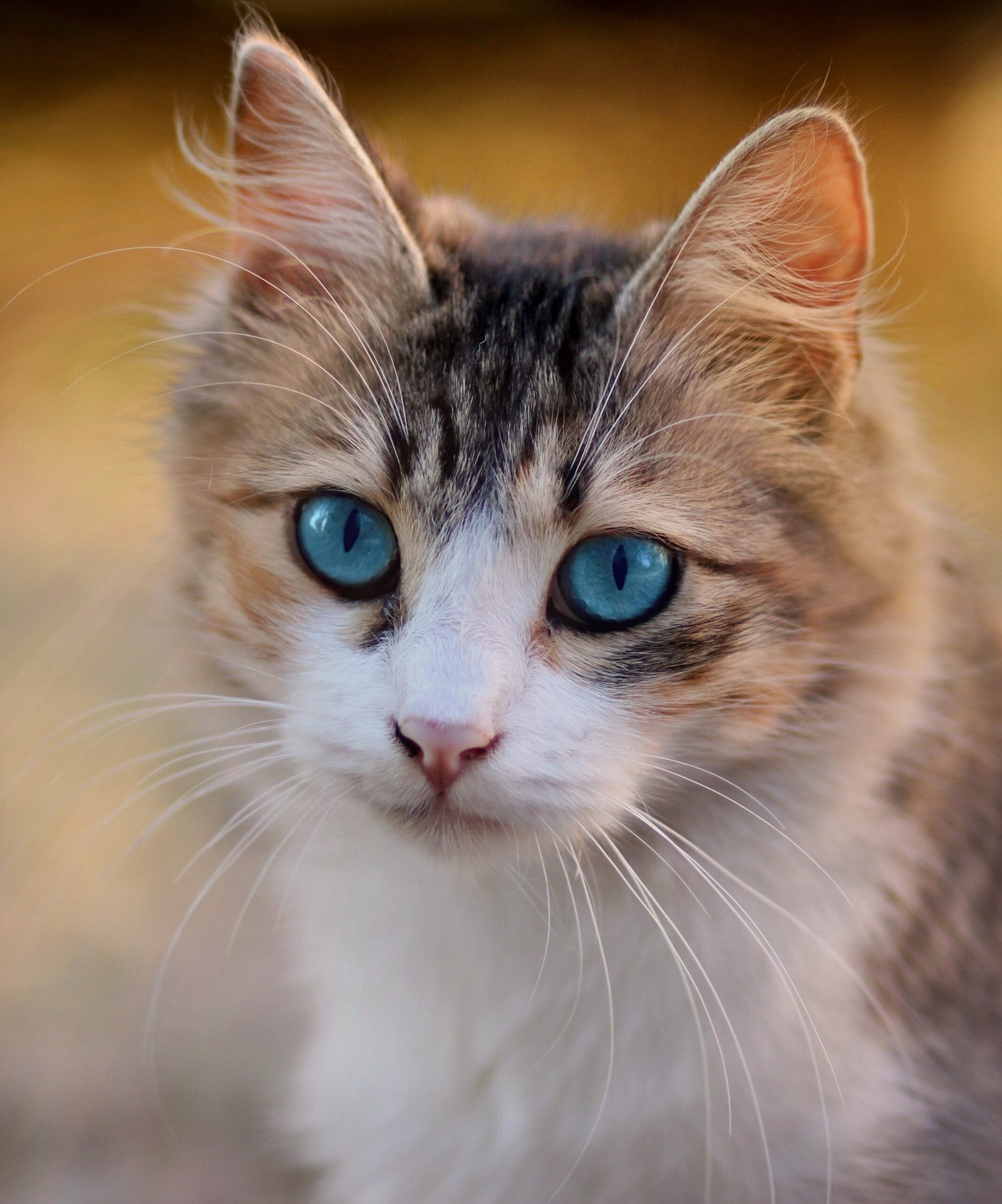
Environmental factors can also influence a cat’s night vision. Urban lighting, for instance, can affect their ability to see as they adapt to artificial light sources. Conversely, cats living in rural areas may develop stronger night vision due to the consistent exposure to natural low-light conditions, emphasizing the adaptability of their visual systems.
The Benefits of Night Vision for Domestic Cats
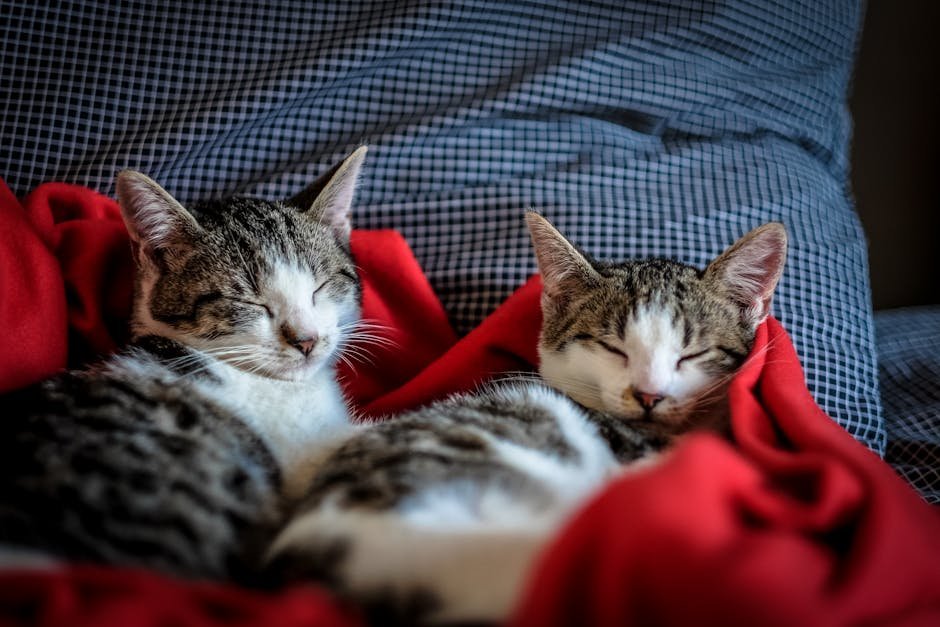
Even domesticated cats benefit from their night vision, as it allows them to explore their homes or gardens at nighttime. This ability can be particularly useful for those living in houses with dimly lit areas or for cats that prefer to be active during the night. Their nocturnal exploration is a testament to the enduring legacy of their wild ancestors.
The Connection Between Night Vision and Behavior
A cat’s night vision is closely linked to its behavior. Many cat owners notice that their pets are more active during dawn and dusk, a pattern known as crepuscular behavior. This behavior is a direct result of their evolutionary adaptation, allowing them to exploit the cooler, dimly lit times of the day for hunting and play.
Technological Advancements Inspired by Cat Vision
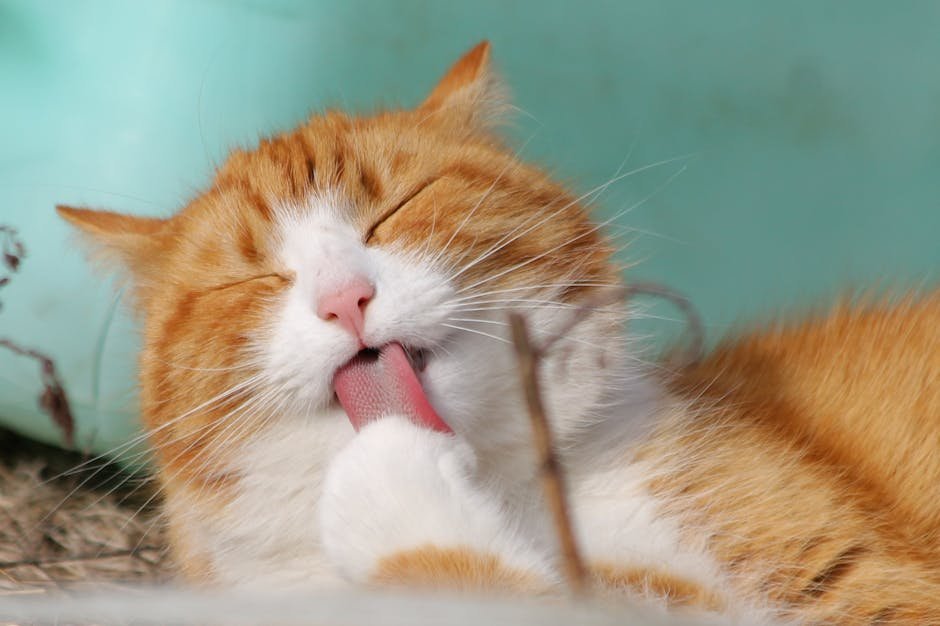
The study of cat vision has even inspired technological advancements. Engineers and scientists have looked to the feline eye for insights into developing better night-vision equipment and cameras. The reflective properties and cellular structure of cat eyes serve as a model for improving human technology, demonstrating the broader impact of understanding these remarkable creatures.
The Emotional Connection with Feline Eyes
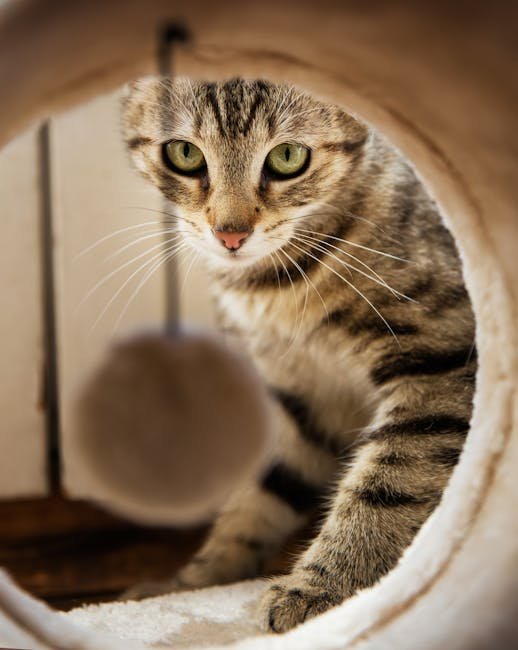
For many cat owners, the eyes of their pet are a source of emotional connection. The way a cat looks at its human can convey affection, curiosity, or playfulness. This emotional bond is strengthened by the unique characteristics of their eyes, which seem to hold a world of mystery and understanding.
The Future of Feline Vision Research
Ongoing research into feline vision continues to uncover new insights. Scientists are exploring genetic and environmental factors that influence vision, aiming to improve understanding and treatment of feline eye conditions. This research not only enhances our knowledge of cats but also contributes to veterinary medicine and animal welfare.
Understanding why cats have such strong night vision enriches our appreciation for these fascinating creatures. Their ability to see in the dark is a testament to nature’s ingenuity, a blend of evolutionary traits designed for survival. This remarkable adaptation is just one of the many reasons why cats continue to captivate and intrigue us.
Hi, I’m Bola, a passionate writer and creative strategist with a knack for crafting compelling content that educates, inspires, and connects. Over the years, I’ve honed my skills across various writing fields, including content creation, copywriting, online course development, and video scriptwriting.
When I’m not at my desk, you’ll find me exploring new ideas, reading books, or brainstorming creative ways to solve challenges. I believe that words have the power to transform, and I’m here to help you leverage that power for success.
Thanks for stopping by, Keep coming to this website to checkout new articles form me. You’d always love it!

